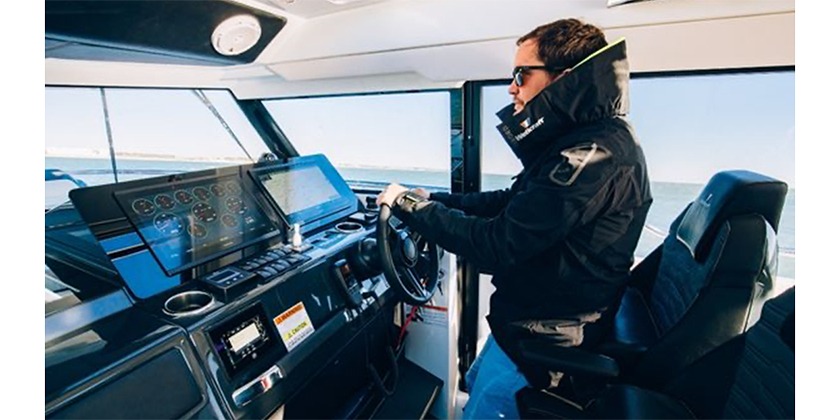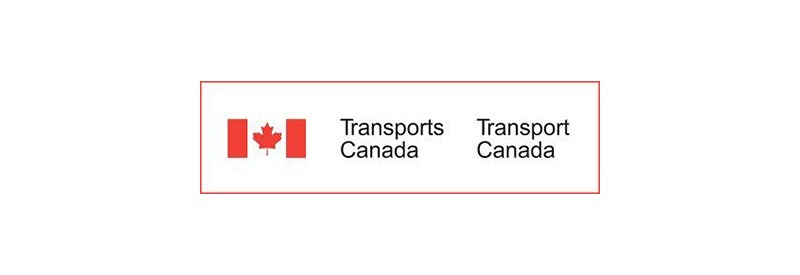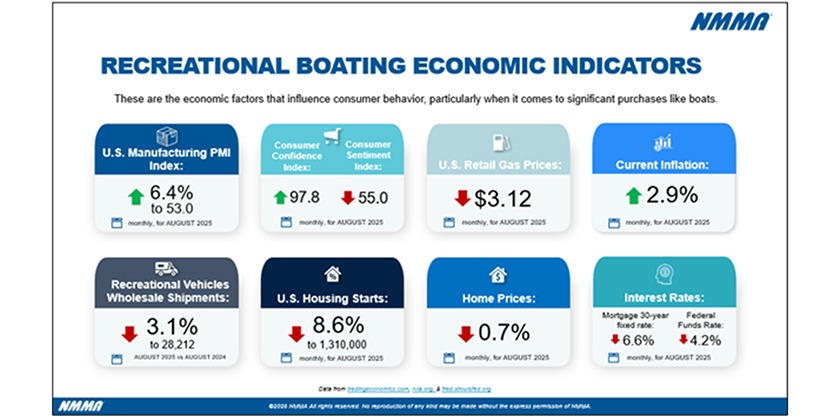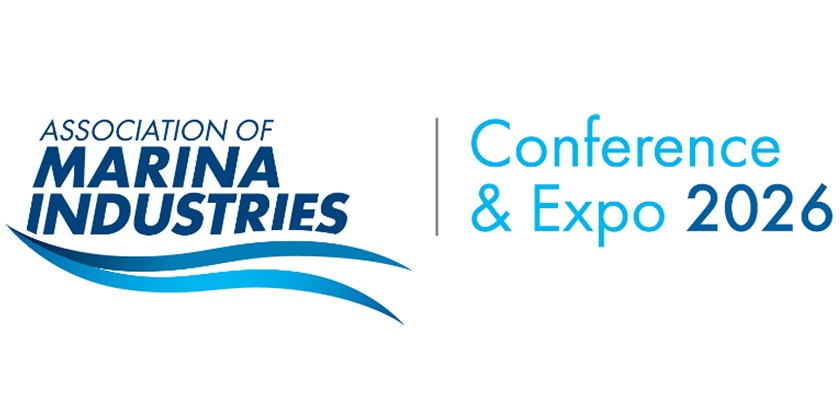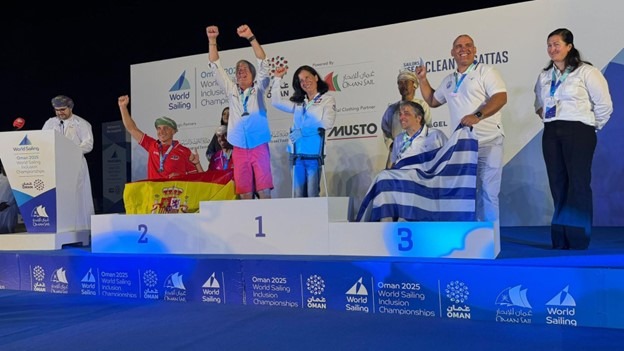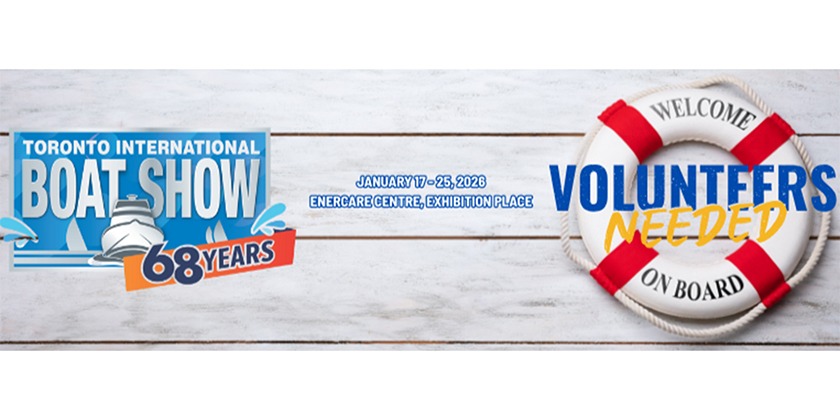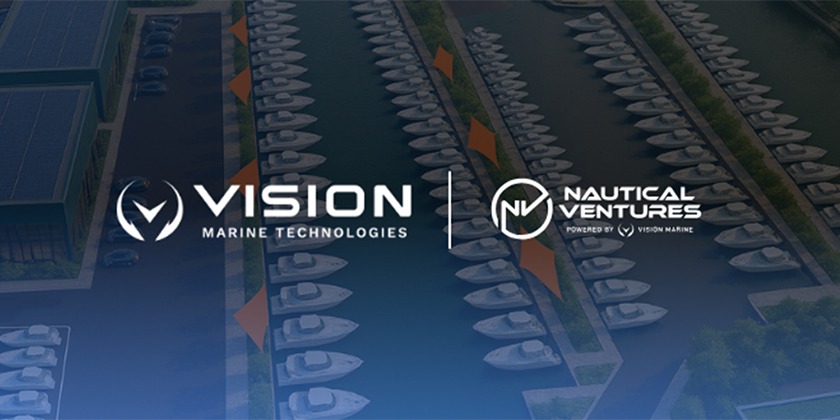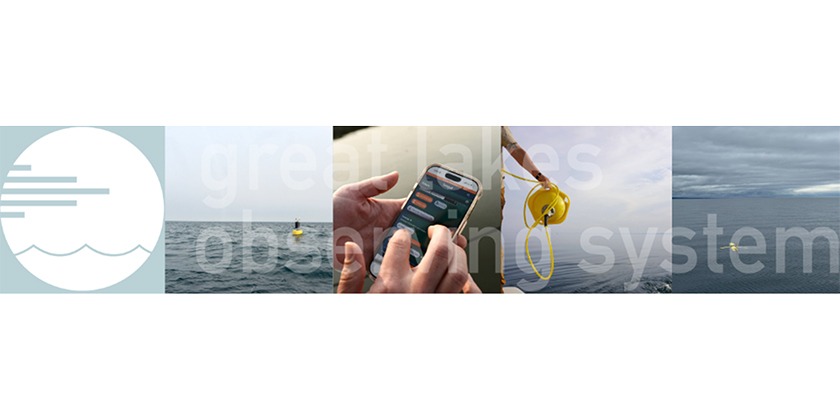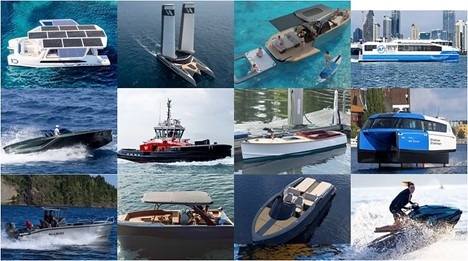NMMA STUDY REVEALS 142 MILLION AMERICANS WENT BOATING IN 2016
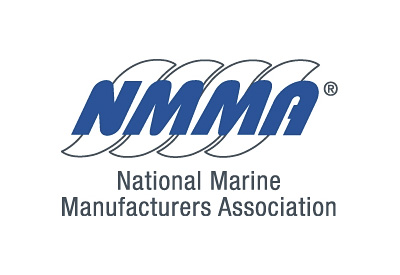
Aug 15, 2017
The National Marine Manufacturers Association, the Recreational Boating & Fishing Foundation in the United States and Discover Boating have published the 2016 Recreational Boating Participation Study.
The information will be of interest to our Canadian readers as well, to judge the health of the overall marketplace.
In this, they reported that an estimated 142 million Americans went boating in 2016 – 36 percent of U.S. households – according to the 2016 Recreational Boating Participation Study, released today by the National Marine Manufacturers Association (NMMA), Recreational Boating and Fishing Foundation (RBFF) and Discover Boating. Of the 142 million individuals, half were children (under the age of 18), and 17 million individuals were first-time participants. Of those Americans who went boating in 2016, those who spent the most hours on the water or engaged in fishing and water sports were more likely to consider purchasing a boat.
“The results of the new Recreational Boating Participation Study illustrate the breadth of recreational boating in the United States and the opportunity for our industry to get more Americans on the water and ultimately buying boats – exploring emerging markets such as Hispanics, reaching younger boaters, and encouraging those already active in boating to pursue boat ownership,” said Thom Dammrich, NMMA President. “The study makes clear what we all know as boaters—the more time spent on the water, the more likely someone is to become a boat owner. As an industry, it is our job to help people spend more time on the water and facilitate the boating and boat-buying process—whether that’s through lobbying for improved access and infrastructure, nurturing active boaters through marketing, or providing more accessible ways to try boating through such things as classes or rental opportunities.”
“The insights from this report support a healthy, and thriving participation level for boating, which helps fund local conservation programs across the U.S.,” said RBFF President and CEO Frank Peterson. “As we strive to increase participation in both recreational boating and fishing, the report also gives us a deeper look at the connection between the two activities, reinforcing a need for early introduction. This information will help us grow the sport, creating more customers for the industry, more fishing license and boat registration purchases and increased tackle and equipment sales.”
Prepared by QSA Research & Analytics, the study assessed the total number of boaters in the U.S., including those active during 2016 and those who went boating for the first time during 2016, as well as those who have never gone boating. The study also profiled both active boaters and first-time boaters according to their demographic characteristics, and measured the number of household participants who were active boaters and first-time boaters during 2016, their ages, and genders. Other topics featured in the study include boat ownership participation, the amount of time that active boaters spent boating during 2016, and the activities they engaged in while boating, including fishing and watersports.
Other key findings of the 2016 Recreational Boating Participation Study
• On average, active boaters spend an average of 71.5 boating hours per season. First-time boaters spend much less time – an average of 23 boating hours.
• Active boaters (74%) are much more likely than lapsed boaters (42%) to say it is easy or very easy for them to go boating. The perceived ease or difficulty of going boating is also associated with the number of days active boaters spend on the water. Just 20% of those who said that going boating is difficult spent more than five days on the water during 2016
• Both time spent boating and engaging in active pursuits while boating (fishing and watersports) are predictors of purchase consideration among potential buyers. Those who considered purchase of a boat during 2016 spent an average of 13.3 days on the water with an average of 6.9 hours per trip, while those who did not consider purchase spent only 6.9 days and 4.4 hours. In addition, purchase consideration was more strongly related to active sports like water sports and fishing than to relaxation, spending time with family or friends, and enjoying nature.
• Active boaters are economically diverse. The majority (62 percent) have household incomes under $100,000 per year.
• 32 percent of first-time boaters were Hispanic compared to 10 percent of active boaters, suggesting they’re continuing to emerge as a significant market.
• 58 percent of first-time boaters were renters compared to 25 percent of active boaters.
• First-time boaters were more likely than other active boaters to use personal watercraft (PWC), suggesting that PWCs are a gateway to boating.
• Hispanics are relatively unlikely to be current active boaters, but they make up a disproportionate share of first-time boaters, confirming that Hispanics are an emerging market.
• 86 percent of PWC owners also owned a powerboat, while 21 percent of PWC owners owned a non-motorized boat.
• The median age of a first-time boating experience was 12, and individuals who had a childhood boating experience were more likely to remain active boaters (52 percent vs. 40 percent of lapsed boaters), reinforcing that people who boat as a child are more likely to be life-long boaters.
• There is a strong connection between fishing and boating: 83 percent of active anglers were also active boaters.
• The mean age of the first fishing experience was 10; 90 percent of anglers and 94 percent of active anglers had their first fishing experience before age 18.
• Boating is a social pastime. Almost all active boaters say they spend time with friends or family while boating (95 percent). Enjoying nature (94 percent) and relaxing (93 percent) are also nearly universal boating experiences.
• Key target markets for boat ownership include people who fish and engage in water sports. These groups spend the most time boating and are most likely to consider boat ownership.
NMMA members receive access to the study as part of their membership.


